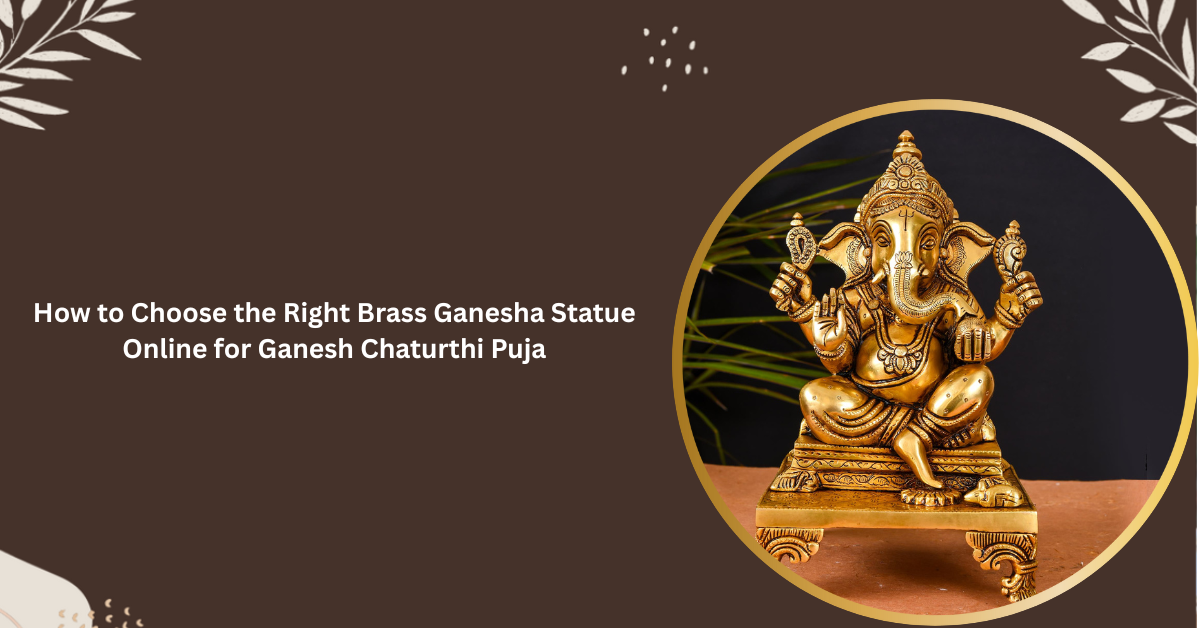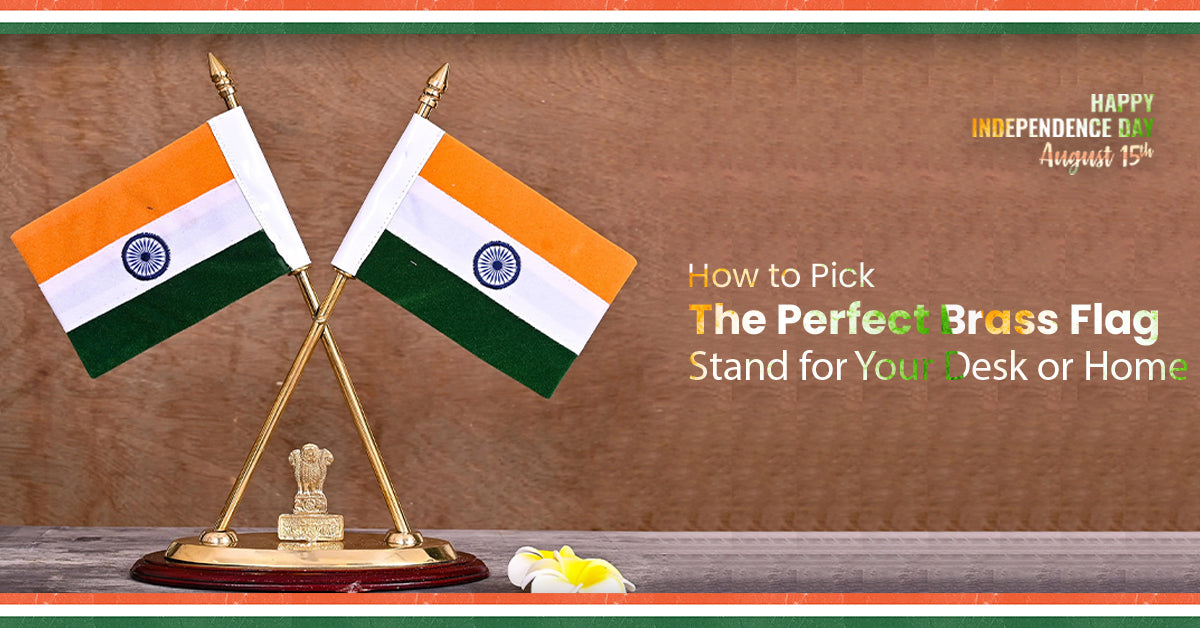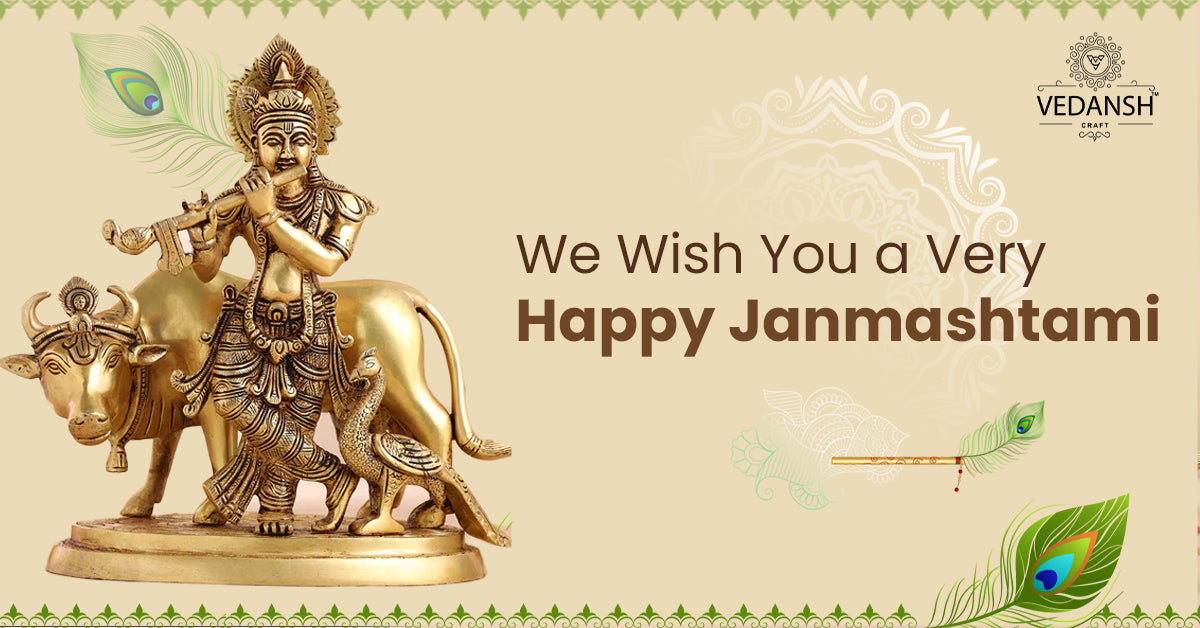

Untold Dark Side of Lord Shiva
, by javed techqart, 6 min reading time
Shiva, also called the god of destruction, is amongst the most worshipped deities in Hinduism. Lord Shiva is mainly known as a god who maintains the balance of the universe, but some stories about Shiva reveal the dark side of the deity.
Stories about Shiva in Hindu mythology showcase him in various situations, highlighting his depth and complexity. Even though Shiva is frequently known for his part in maintaining cosmic balance, some stories talk more about specific instances in which his aggressiveness and anger are brought to the front, exposing a darker aspect of his nature.
These stories and tales emphasize that even the gods have both light and shadow within them, serving as a reminder of the complex nature of divinity. We can know more about Hindu Mythology with this blog.
Stories that Reveal the Dark Side of Lord Shiva
Destruction of Daksha's Sacrifice and Incarnation as Sharabha are the two stories known to reveal Lord Shiva's dark side.
-
Destruction of Daksha's Sacrifice
In the Puranas, there is a story about Daksha, the father of Sati, lord shiva's first wife. Daksha organized a grand yagna or sacrifice but did not invite Shiva because he disliked him. Satis went against her husband, lord shiva, and attended the yagna because of her father's cruel behavior towards her. During yagna, Shetty insulted her husband, lord shiva, in front of all the deities; after feeling humiliated by her actions, she jumped inside the fire and sacrificed herself. Seeing Sati's death, Shiva took the Shivar of Virabhadra, a strong warrior who destroyed the whole yagna.
-
Incarnation as Sharabha
In the next story, after Sati’s Sacrifice, Shiva gets angry and starts doing an aggression dance called Tandava, which can destroy the universe. To stop him, lord Vishnu came and took the avatar of Mohini, seeing Mohini, Shiva calmed down.While Shiva got distracted, an Asura (demon) named Tarakasura, who had gained invincibility through a boon, took the opportunity to attack. Tarakasura had been granted a boon that made him immune to death at the hands of any god except Shiva's son. Shiva's threat, Vishnu (in the form of Mohini), and the gods scrambled to protect themselves and the universe from Tarakasura's attack.
Recognizing the danger posed by Tarakasura, Shiva realized the need to intervene directly. In response to the chaotic situation, Shiva transforms Shiva to Sharabha, a formidable creature with a unique form. Sharabha is typically depicted as having the body of a bird (often a peacock or eagle) and the head of a lion, symbolizing his ferocity and strength.
This story tells us Shiva's ability to assume terrifying forms to prevent threats to cosmic order and play the role of savior of the universe.
These stories, while showcasing Shiva's darker Shiva, also highlight his role in maintaining cosmic balance and upholding dharma (righteousness). They serve as reminders of the complexities within Hindu mythology and the multifaceted nature of divinity.
Revealing the Dark Side of Lord Shiva
Here are a few aspects that explain why people and Puranas talk about Shiva's dark side Shiva

-
Destruction
Shiva is called the god of destruction, and destruction brings the end of things. It is seen as a negative act, so this can be seen as a dark aspect. Destruction in Hinduism is important as it paves the way to creation and transformation.
-
Destructive avatar
Shiva has several fierce forms like Bhairava, Kala Bhairava, and Rudra. These forms are depicted as violent and destructive, associated with anger, rage, and chaos. While they have specific roles in Hindu mythology, they can be seen as representing the destructive forces of nature and darker aspects of the human psyche.
-
Association with Death
Shiva is closely linked with death and is often portrayed as the lord of cremation grounds and ruler of the dead. While death is part of the cycle of life and rebirth in Hinduism, some may find Shiva's associaShiva'sth unsettling, especially if viewed through a lens of fear and mortality.
-
Tantric Practices
Shiva is connected with Tantra, a spiritual tradition involving rituals, meditation, and esoteric practices. Tantra is sometimes misunderstood and associated with taboo practices. However, it can also be seen as a path to spiritual liberation. Certain Tantric practices, though, involving extreme rituals and symbolism, may be perceived as dark or taboo.
It's important to note that these interpretations depict Shiva in light and dark aspects, symbolizing existence's complex and interconnected nature. Shiva's dark side, like his light side, serves a purpose within the cosmic order and offers valuable insights into the human condition.
Explaining the Dark Side of Lord Shiva

As you all know, Lord Shiva is the deity who maintains balance and establishes harmony in the universe. However, still, some stories in Hindu mythology are not very well known to people who speak about the dark side of lord shiva; as discussed above, the stories of the destruction of Daksha's sacrifice and Shiva's incarnations. Shiva's Sharabha, these stories reveal the dark side of Shiva, and thenShiva avatars of Bhairava and Rudra, that Shiva was both aggressive, strong and cruel whose only aim was destruction.
Apart from the stories, Shiva has been Shivaiated with so many violent activities, titles like the god of destruction, his association with death which can create fear and discomfort, emphasizing the complexities of human attitudes towards mortality, and practices like Tantra, might sound mysterious or even scary to some people as do not know about it. However, it cannot be ignored that Lord Shiva is the only protector of the universe; it is said that he has the power to create and destroy at the same time. Hence, he has good and bad sides that vary according to the situation.
Tags
Blog posts




